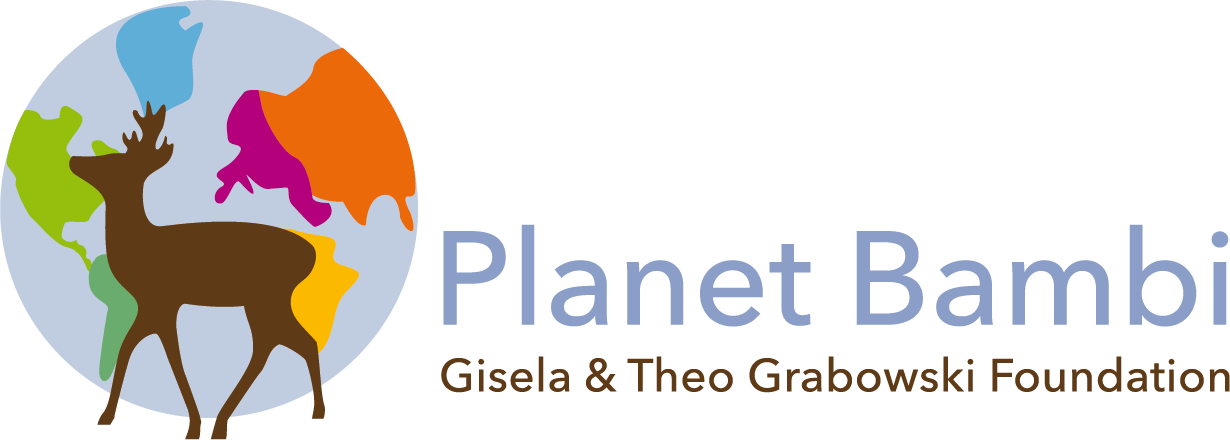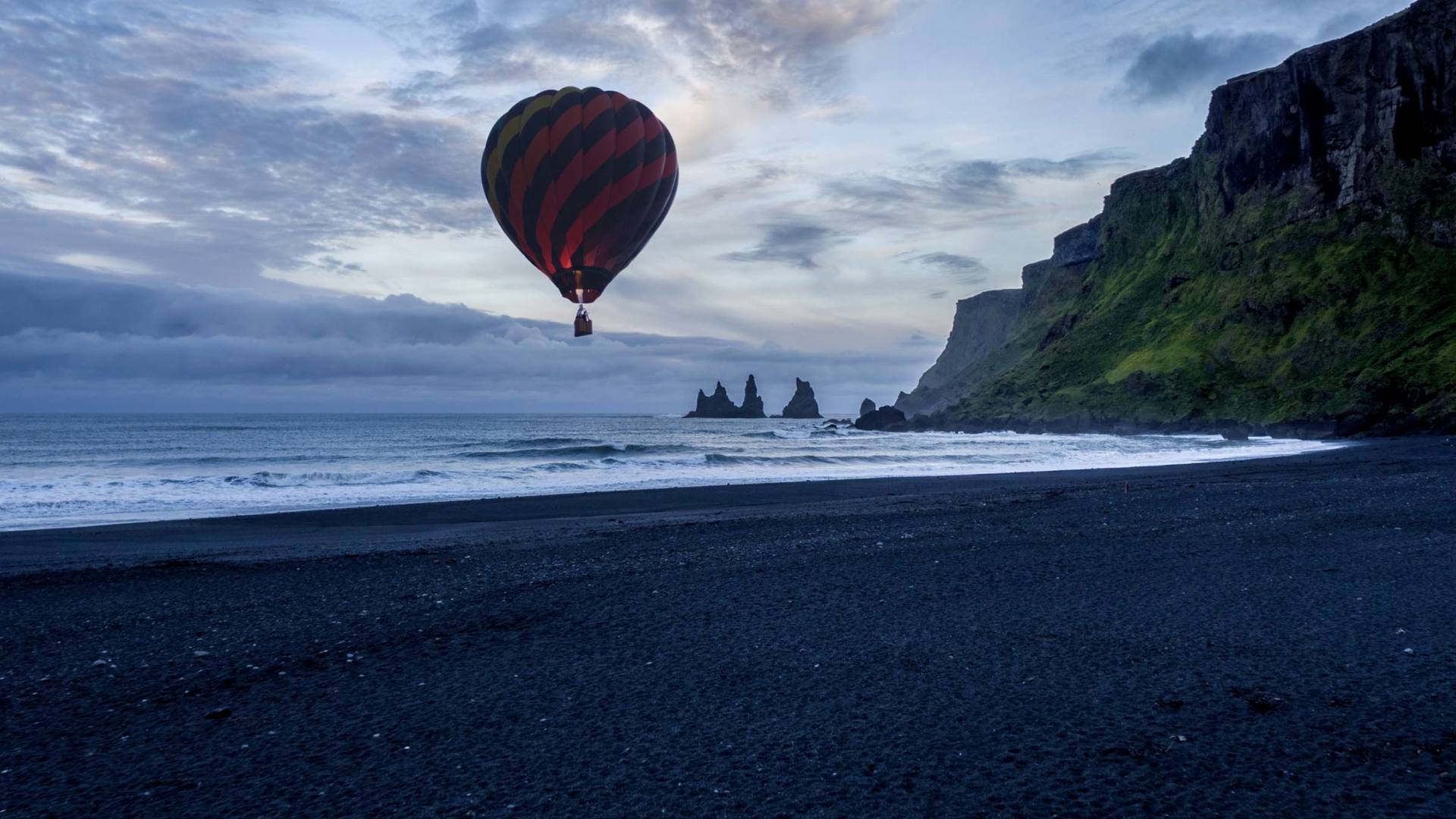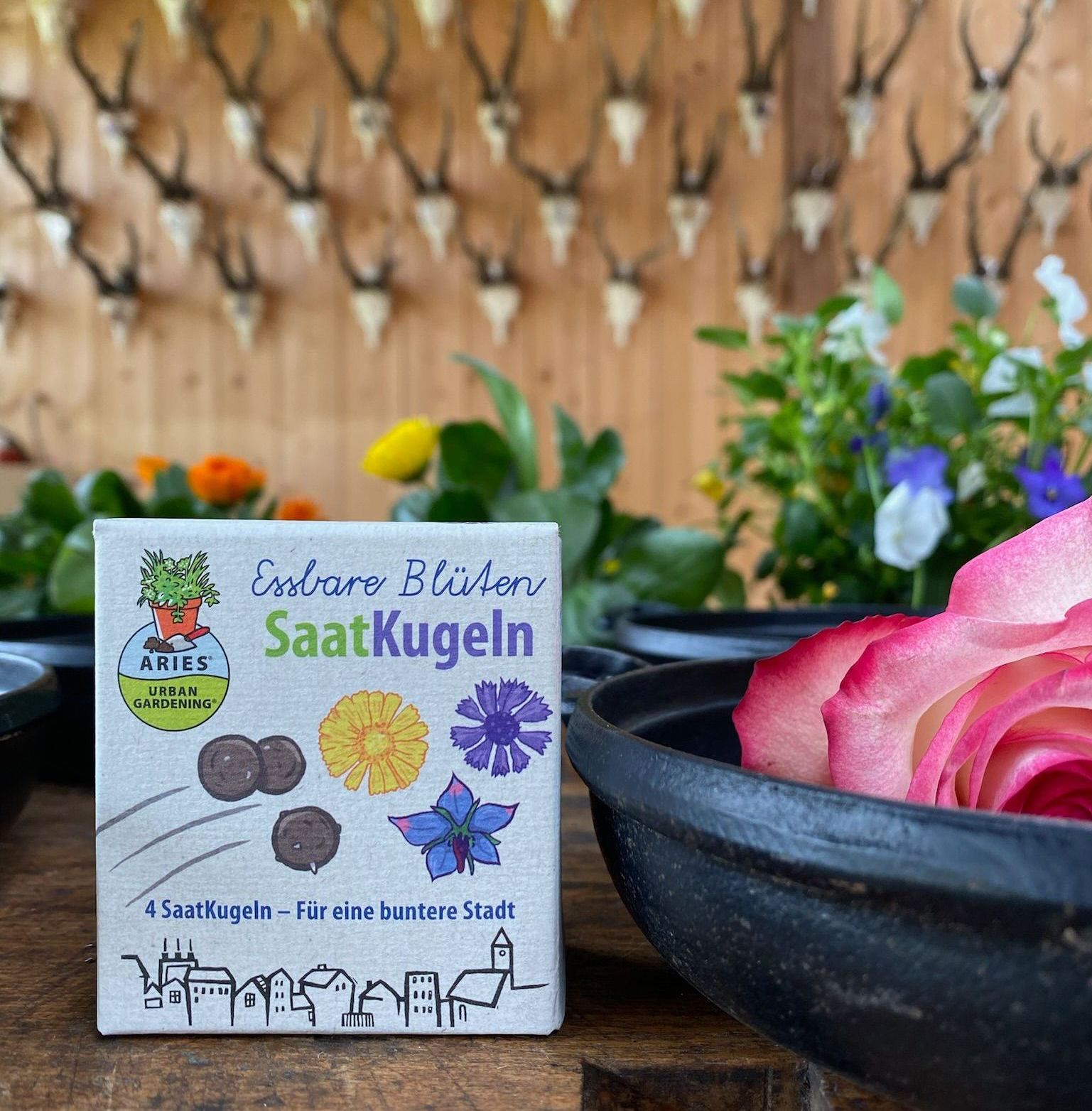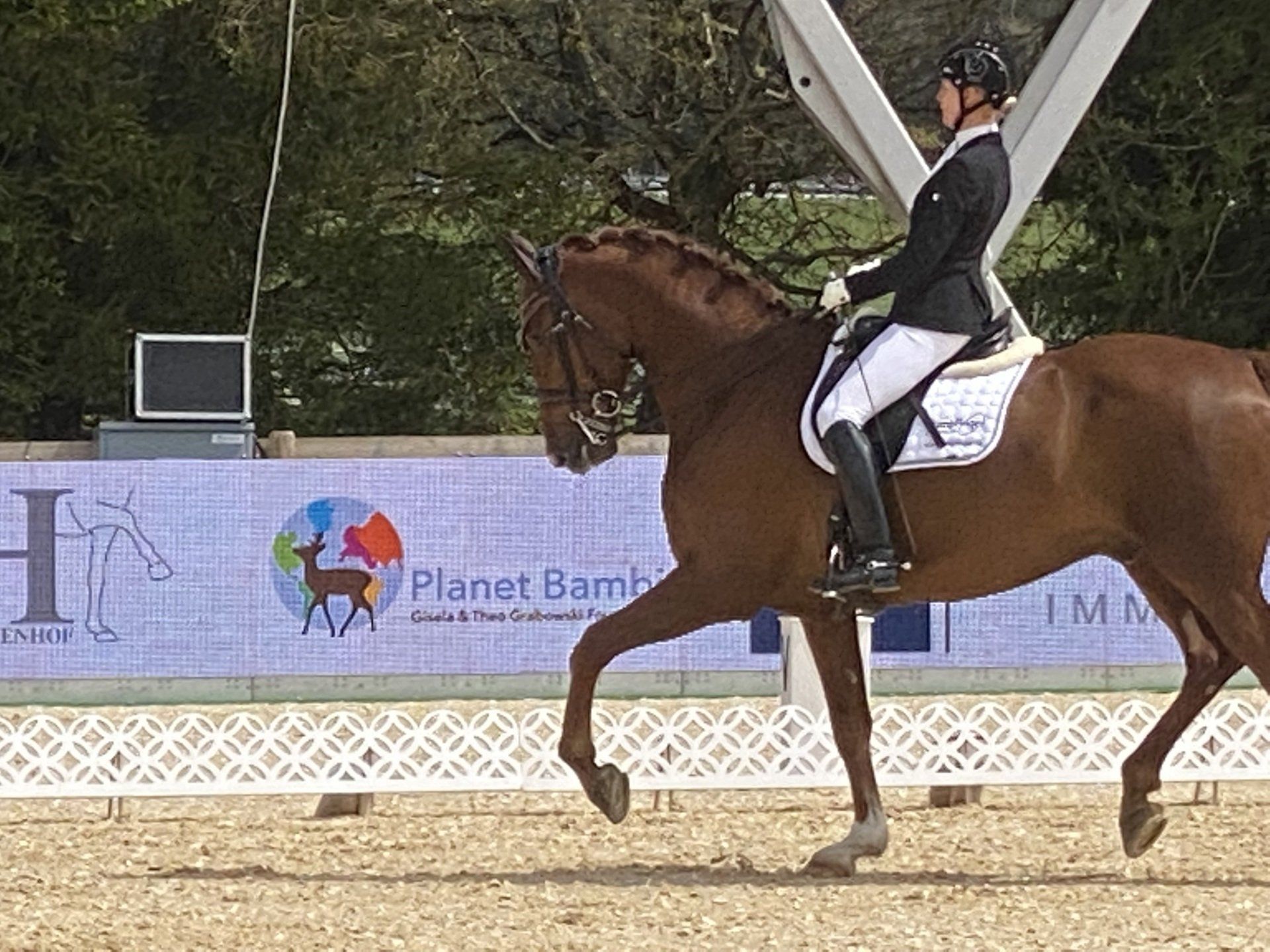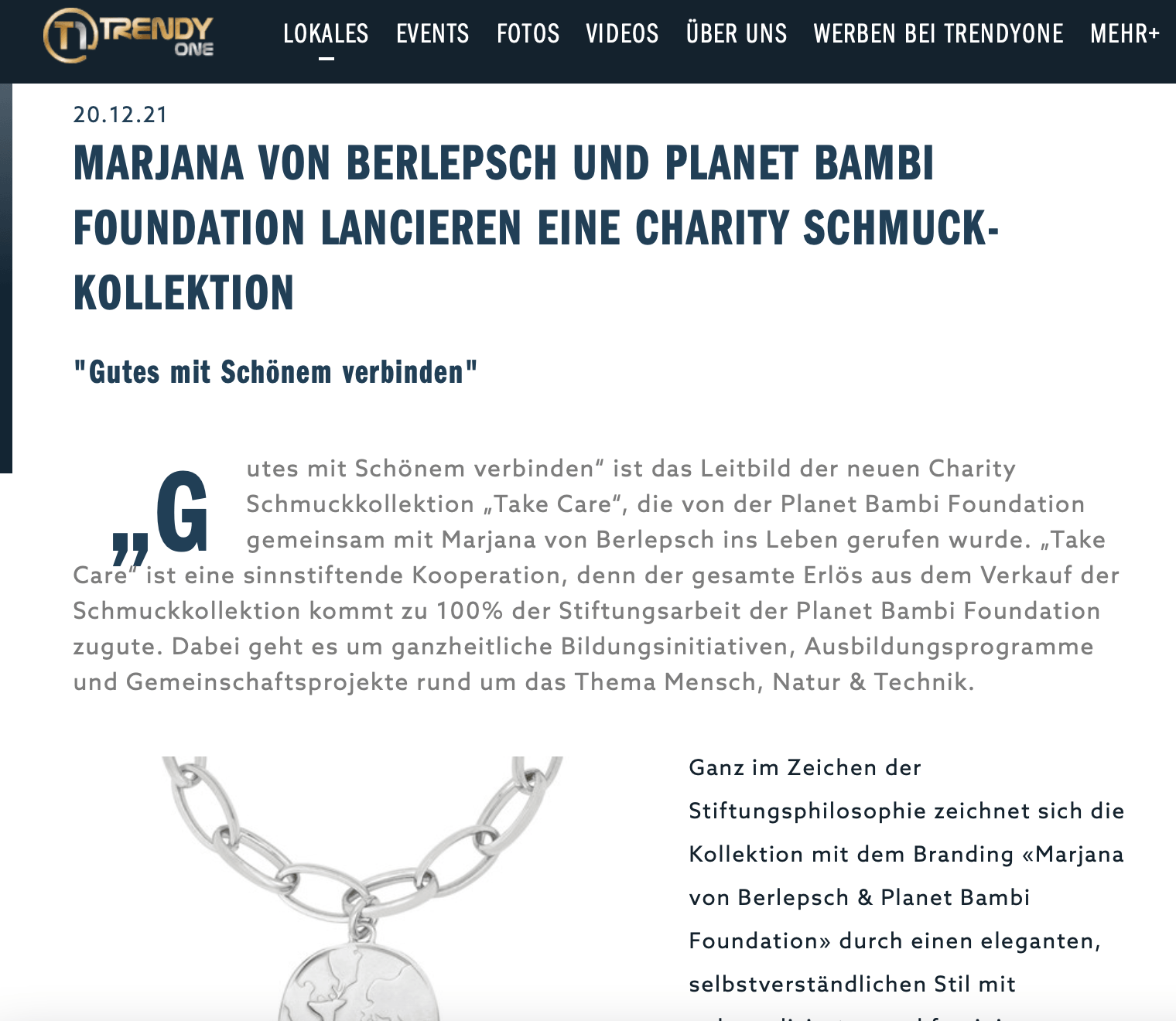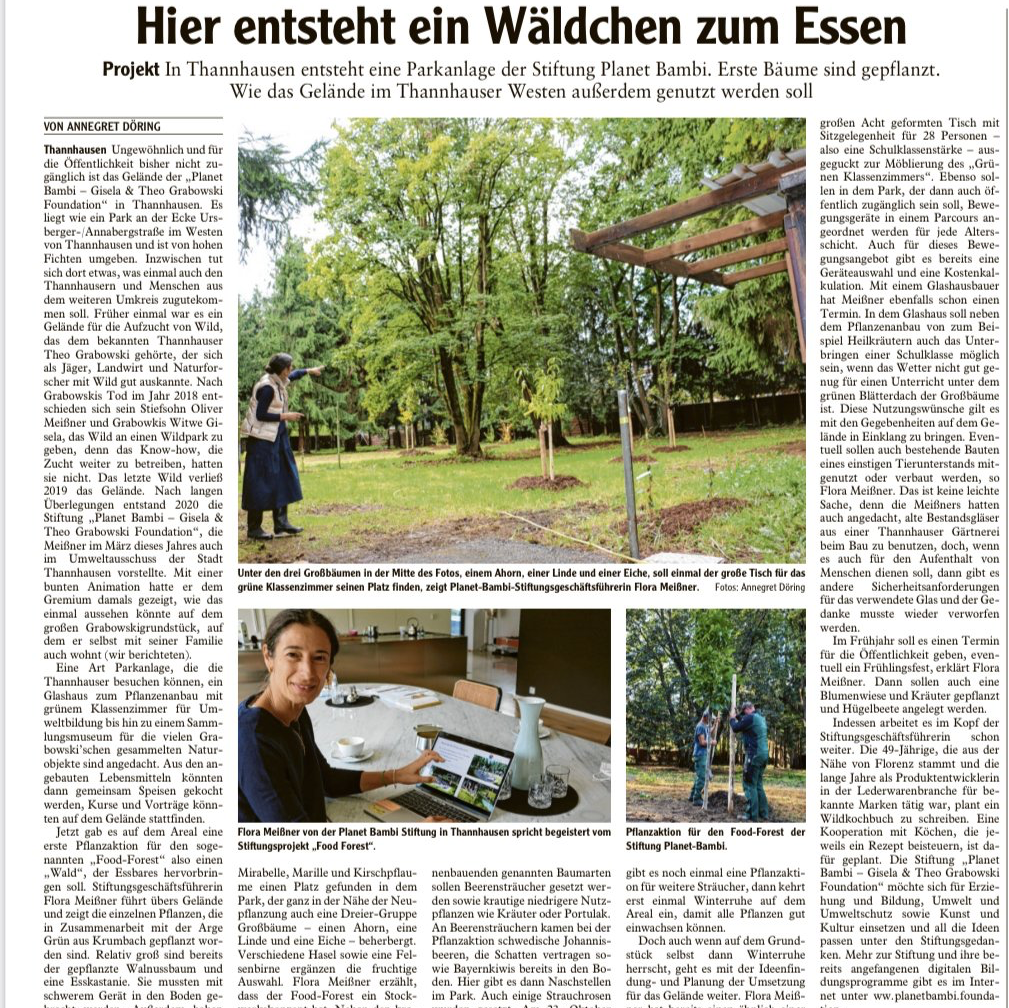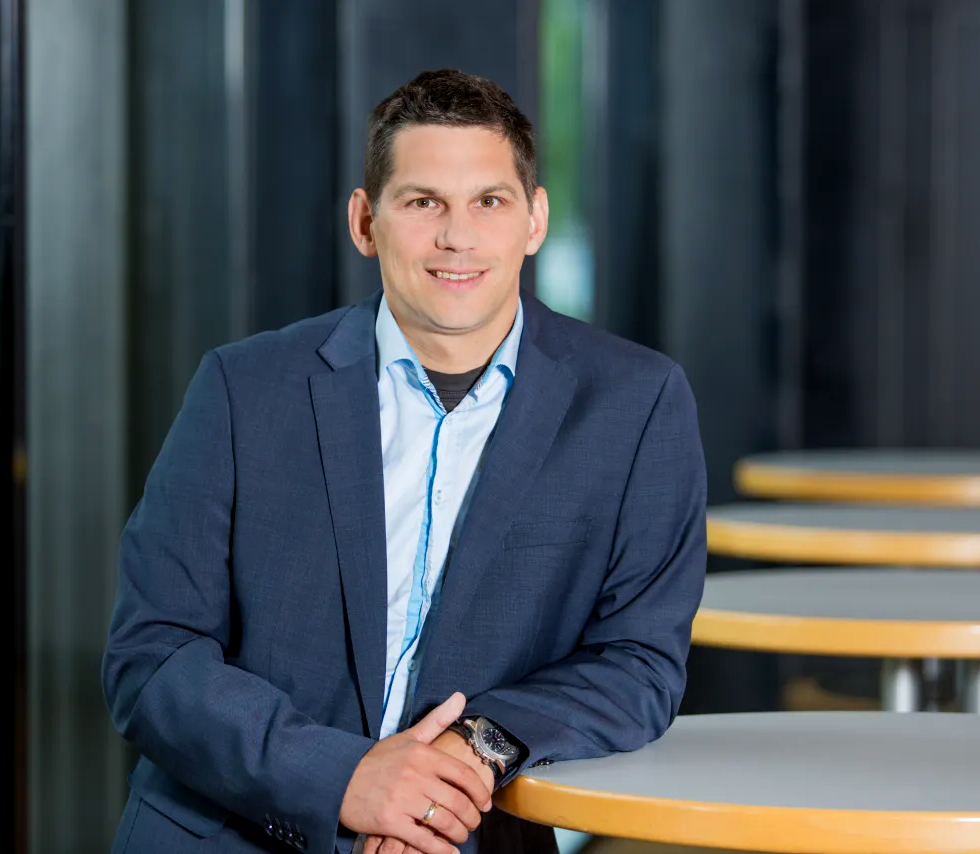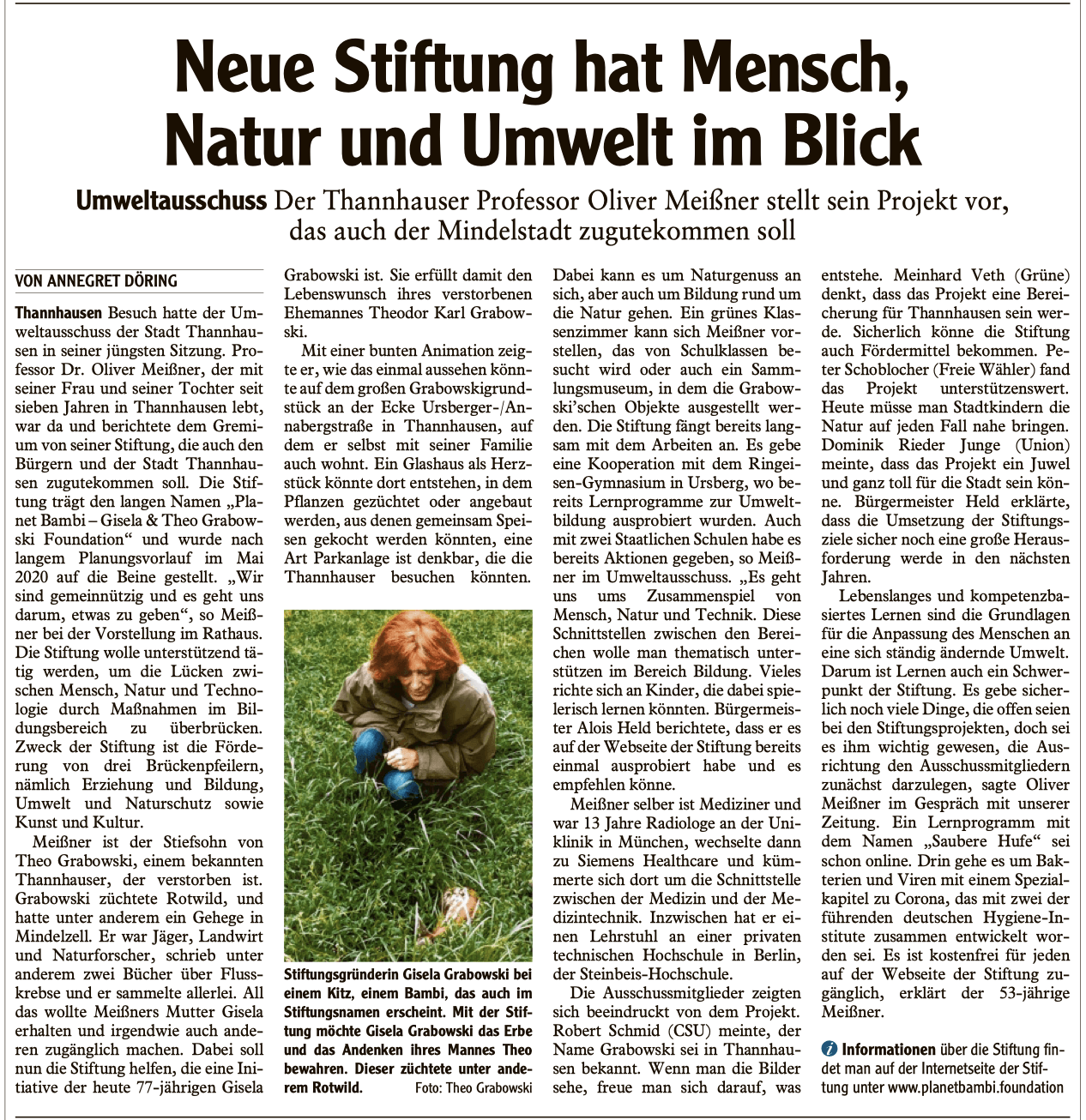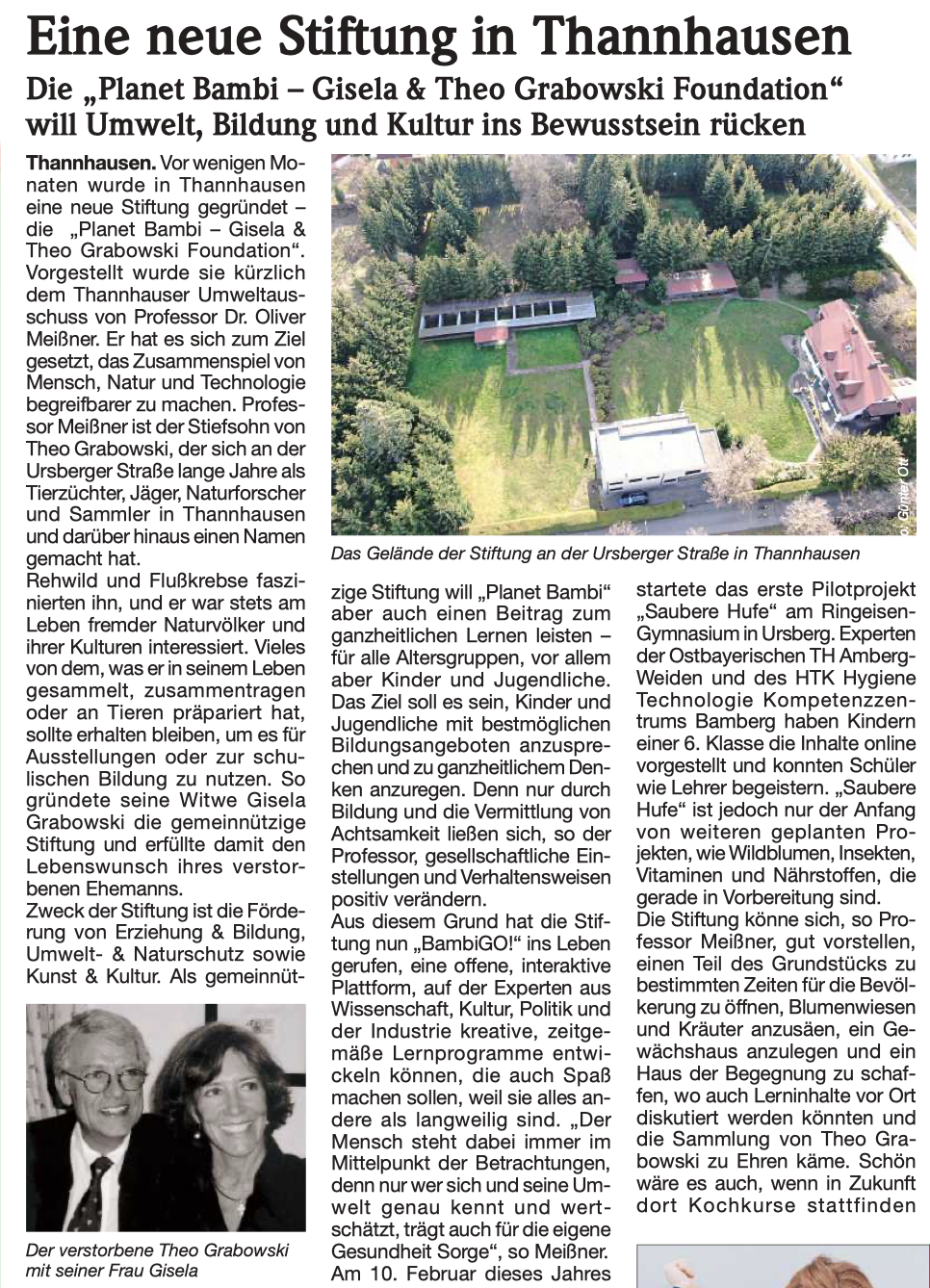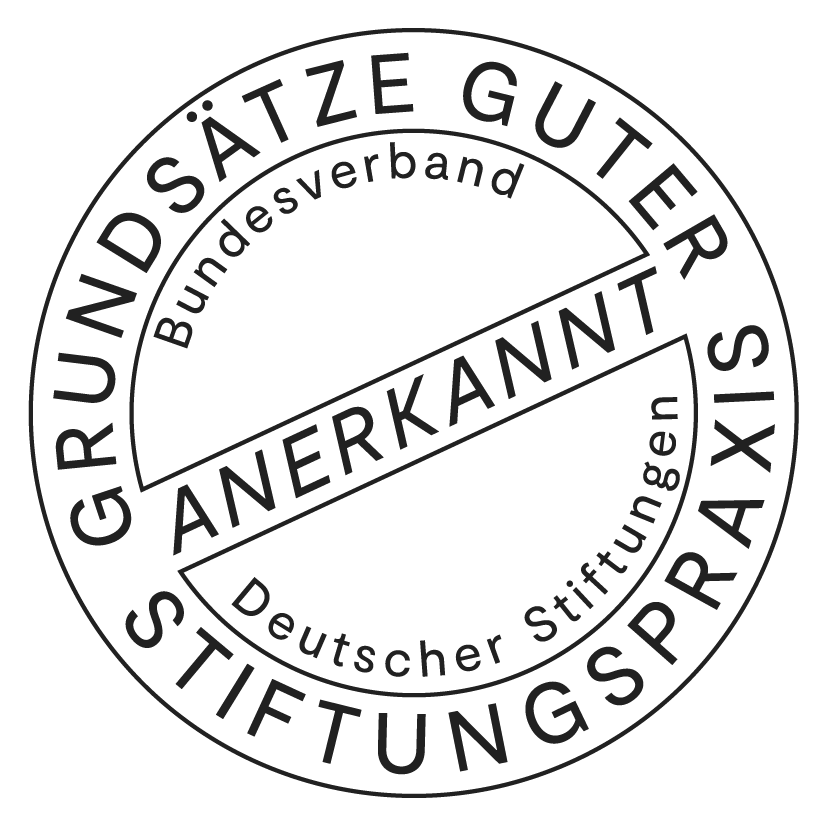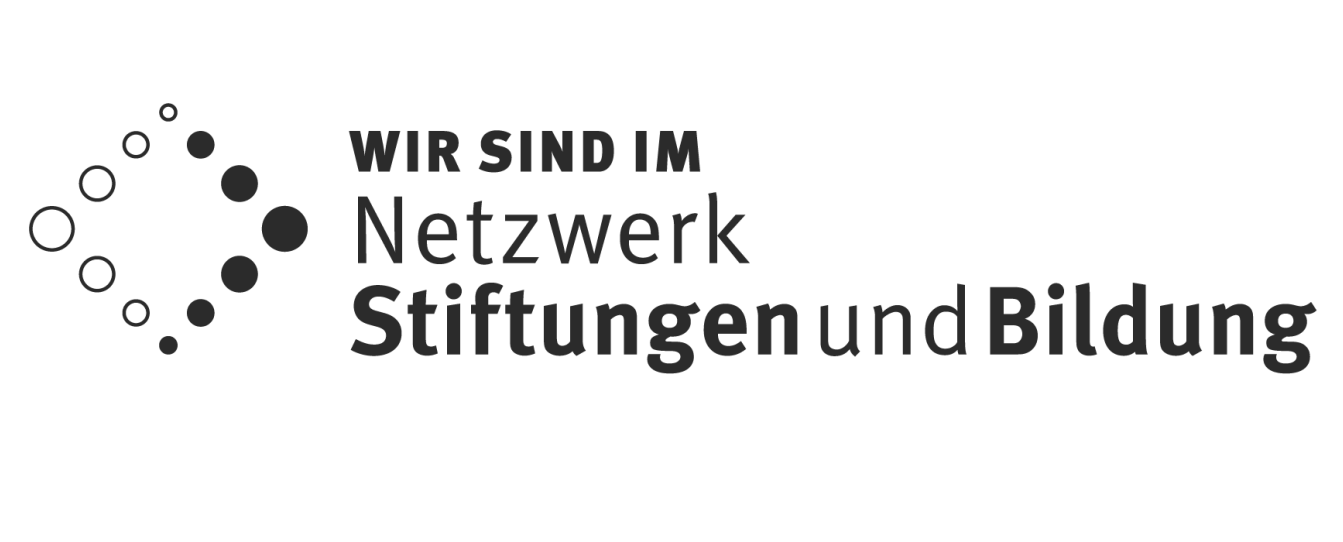...even more stories...
A walk in the forest
How to balance the Planet
The King of the Forest
The consequences of single-use plastic items
Global plastic consumption has increased alarmingly and has become a major source of pollution for our planet. Indeed, we all know that our plastic waste ends up in the ocean and in nature, where it takes decades to degrade. But not everyone knows that plastic enters our food chain as microplastics. Microplastics are small pieces of plastic less than 5 mm long. Due to their small size, they can escape water treatment filtration systems and spread throughout our oceans and other bodies of water.
Microplastics not only end up in seafood, as you'd probably expect, but also in drinking water, as plastic bottles have the highest levels of microplastics. You might be surprised to know that scientists have also found microplastics in beer, honey, and sea salt.
The exact effects of microplastics on our health are not yet clear, but we do know that plastic harms nature. To shed light on these problems and raise awareness about the consequences of single-use plastics, Sweet Sneak Studio created this exhibit for Copenhagen Zoo, showcasing eight different food items in which scientists have found traces of microplastics.
